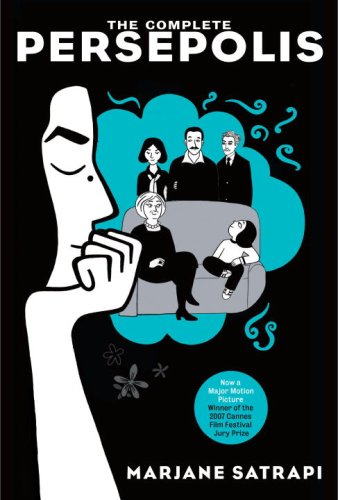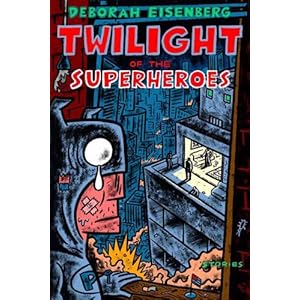
In a moment when the world's eyes are fixed on Egypt, what does a book about Iran have to teach us about politics, media, and representation of revolution?
Marjane Satrapi's celebrated graphic memoir Persepolis tells the story of the author's childhood and early-adulthood in Iran during the Cultural Revolution and its immediate aftermath. News outlets have been comparing the historic protests across Egypt to the period between 1978 and 1980 when the Shah was overthrown. The conversation in news media outlets this week has often centered on whether the Obama Administration is making the same mistakes dealing with Egypt that Carter made during the Iranian crisis.
Yet Satrapi's book does not exactly provide us with a clear perspective on how to view America's role in the political and cultural turmoil in Iran. The book portrays historical events, but that's not why it is essential reading. I don't even know if it's helpful to compare the Egyptian protests to Iran (and Persepolis did help me get a basic understanding of some of the crucial differences between Arab and Persian contexts). Rather, Satrapi interweaves the personal with the political, giving us a picture of how ordinary life adapts to and works through moments of national and cultural trauma. Moreover, it conveys this narrative in what is probably the most appropriate form to the task of portraying revolution: graphic narrative.






 [/caption]
[/caption] [/caption]
[/caption]